For Many Birds, Nesting Season Is Here
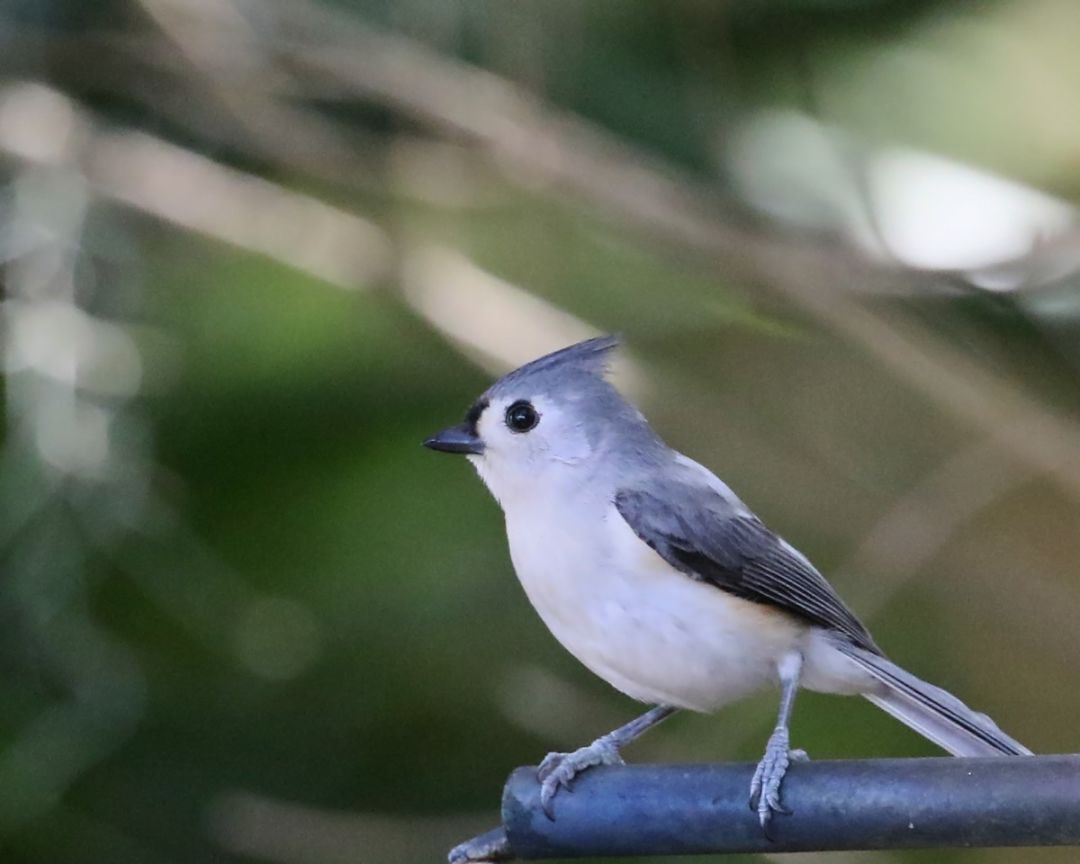
The tufted titmouse likes to make its home in tree holes and cavities left by woodpeckers.
Image: Rick Greenspun
Strolling around our neighborhoods or even sitting at a window-side desk working from home, we’ve noticed so much glorious birdsong lately, as spring has definitely sprung. Curious as to what species are nesting right now, we asked Kathryn Young, education chair of the Sarasota Audubon Society chapter, for some info.
Depending on exactly where you live, you may spot quite a wide variety. Here’s a list.
Northern Cardinals. Lots of the red birds have young running around after the parents right now. Watch for the parents carrying nesting material or a mouth full of insects to a dense shrubby area in your yard where they may have put their nest. They eat mainly seeds and fruit, supplementing with insects. You can tell the youngsters by their bills; they are not orange like the adults.’ The male cardinal in the photo was bringing its young to a birdbath for a bathing lesson. It took the young cardinal 20 minutes to be convinced that getting feathers wet was a good idea.
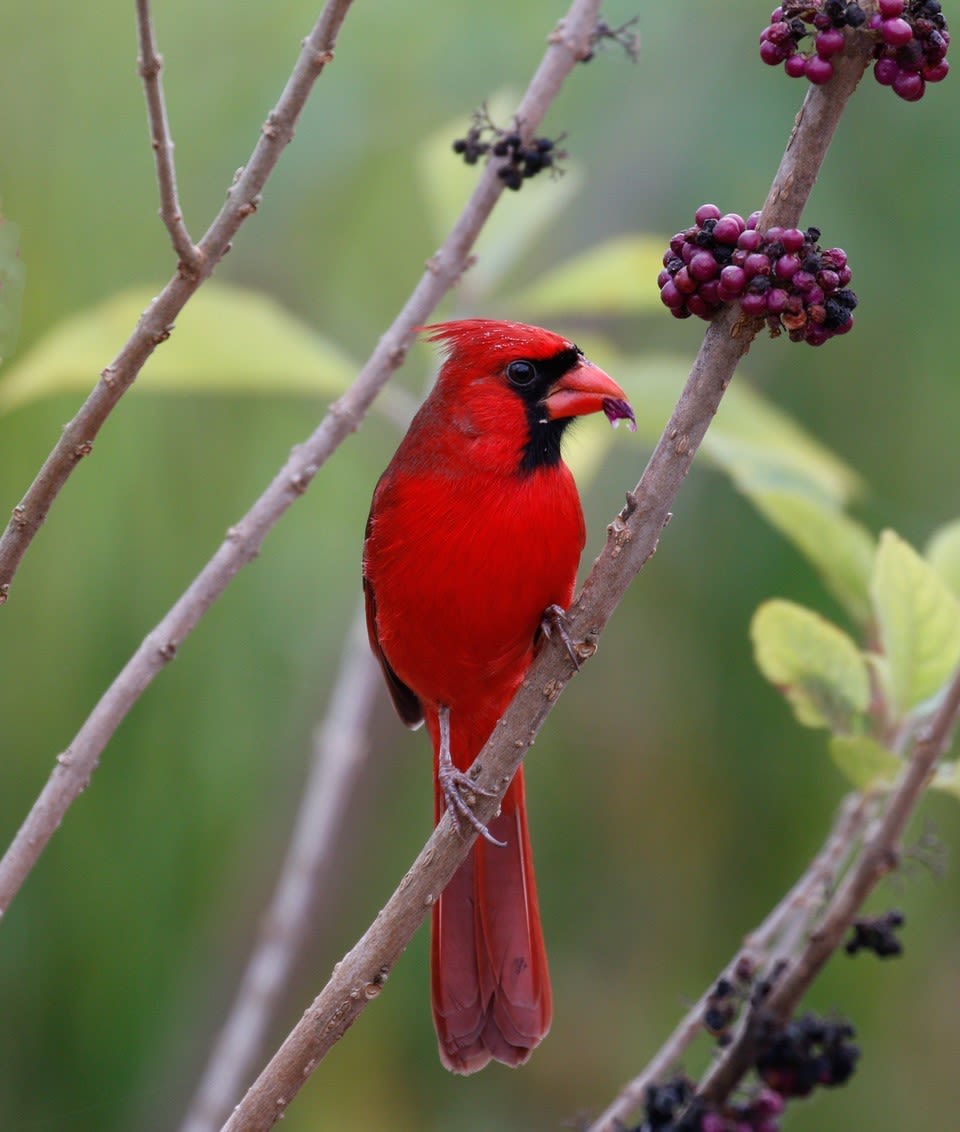
A male cardinal.
Image: Betty Neupert
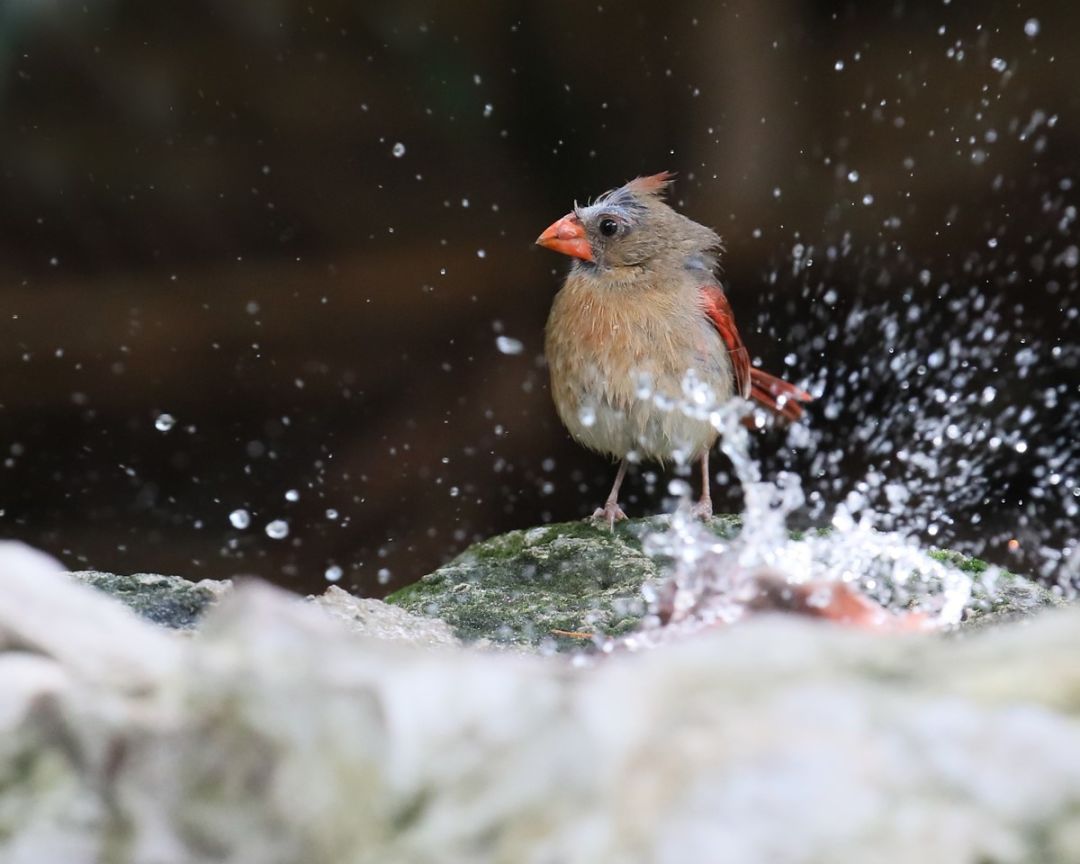
A female cardinal enjoying a bath.
Image: Betty Neupert
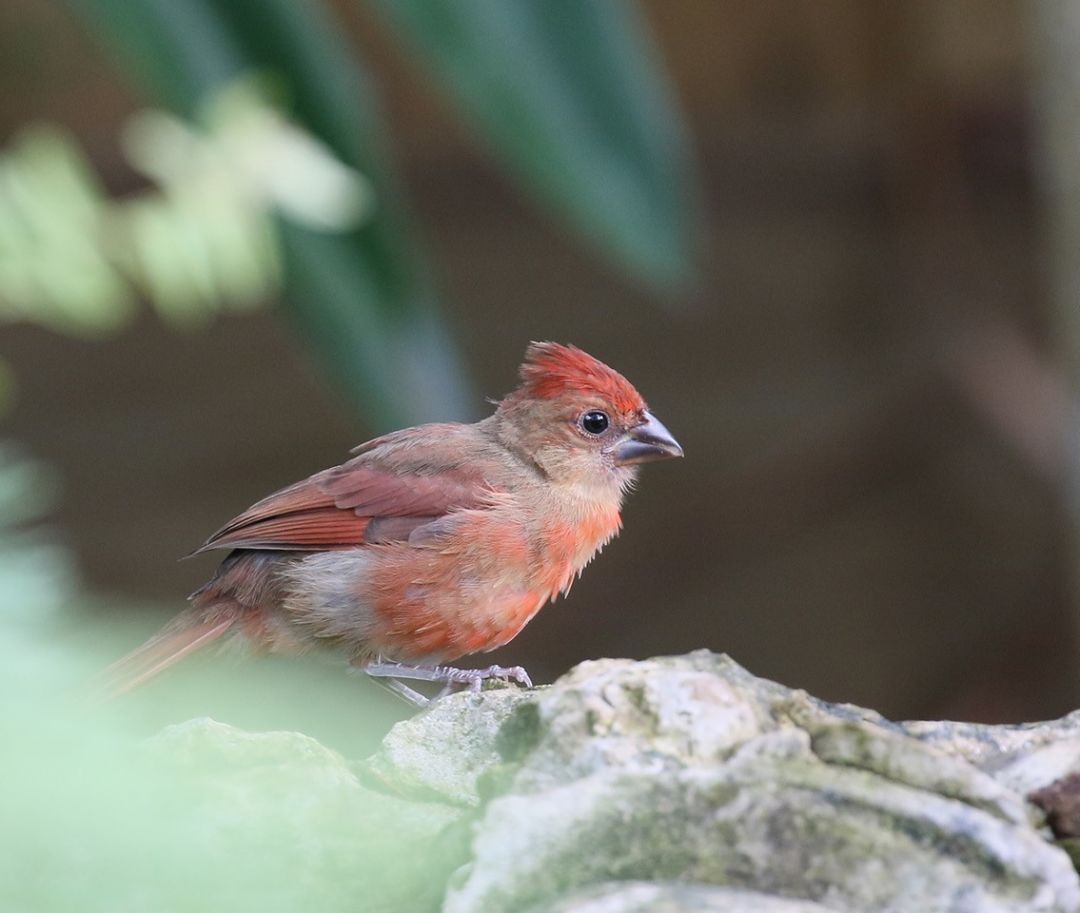
A cardinal fledgling with a dark bill, unlike the orange of the adult birds.
Image: Betty Neupert
(By the way, bird baths and water features can sometimes bring more enjoyment than feeders, as all birds need to bathe in a safe environment several times a day to groom and preen their feathers. Bird baths are easy to maintain and do not attract pests like feeders.)
Great crested flycatchers use cavities in trees for their nests, and are here only during spring, summer and fall, wintering in South America.
Gorgeous green Nanday parakeets with black hoods also compete for nest holes, setting up house wherever they can find a cavity.
Screech owls (our smallest owls) are heard at dusk doing the whinny call, and most are tending their young now. They are also nesters in holes or cavities.
Osprey are nesting and bringing up young this time of year, usually high atop a dead tree or a power pole.
Eastern bluebirds have found homes in nest boxes at the Celery Fields in Sarasota; Young says one family has just fledged (flown the coop).
Tufted titmice, green herons, white and glossy ibis and pileated woodpeckers are also bringing up babies now. The pileated peckers are the largest ones in Sarasota County; we have five species of woodpeckers in all. Tufted titmice have many songs and calls and can be heard in neighborhoods that have large trees. They nest in tree holes and nest boxes, but they can't excavate their own nest cavities. Instead, they use natural holes and cavities left by woodpeckers. They depend on dead wood for their homes, so it's important to allow some dead trees or branches to remain.
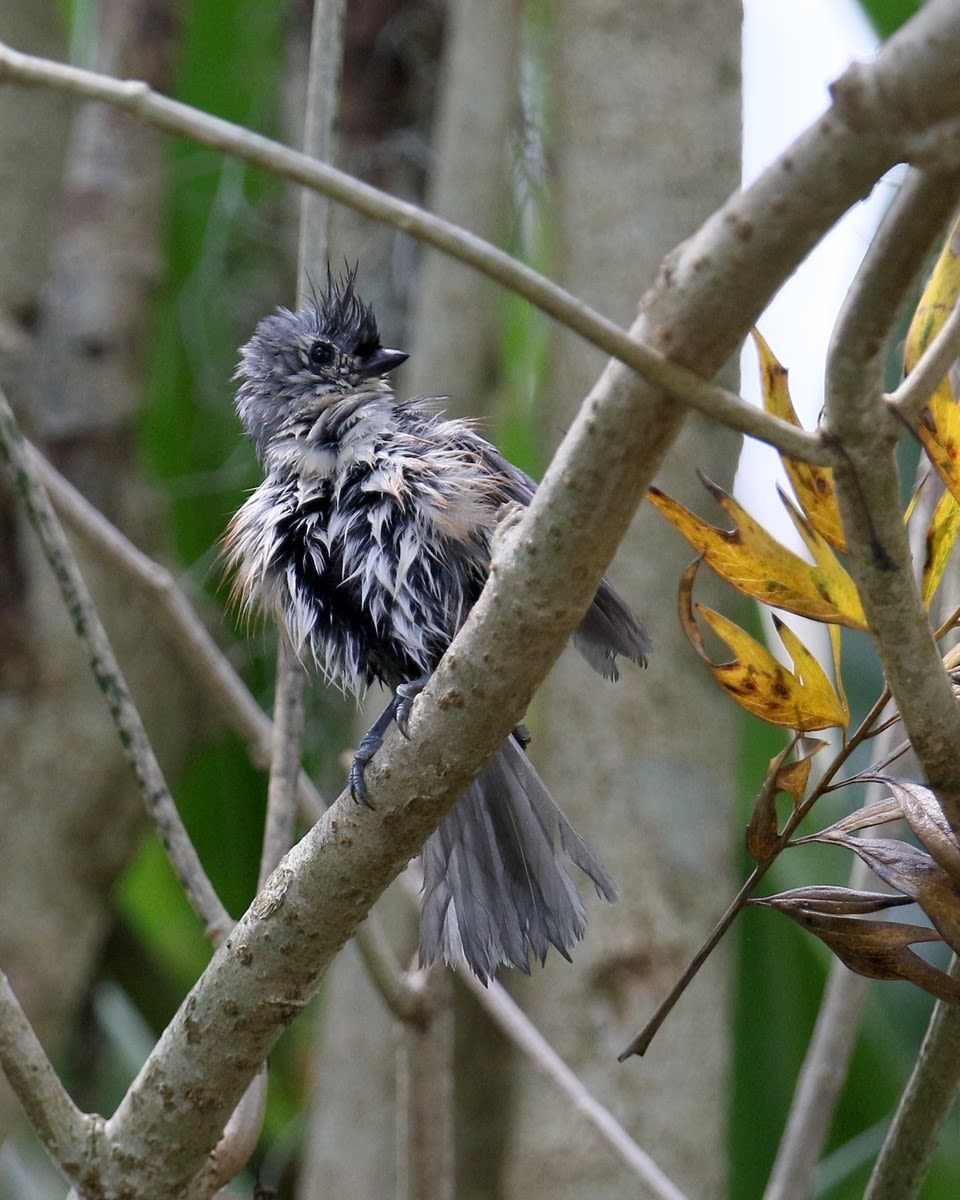
A young tufted titmouse.
Image: Rick Greenspun
When it comes to birds at the beach, Audubon's program coordinator for bird monitoring and stewardship Kylie Wilson has some information. Least terns seem to be doing pretty well on North Lido with the beach currently still closed. They nested early and already have chicks at this point. She says the colony is the largest she's seen since she began monitoring in 2018--more than 100 nests.
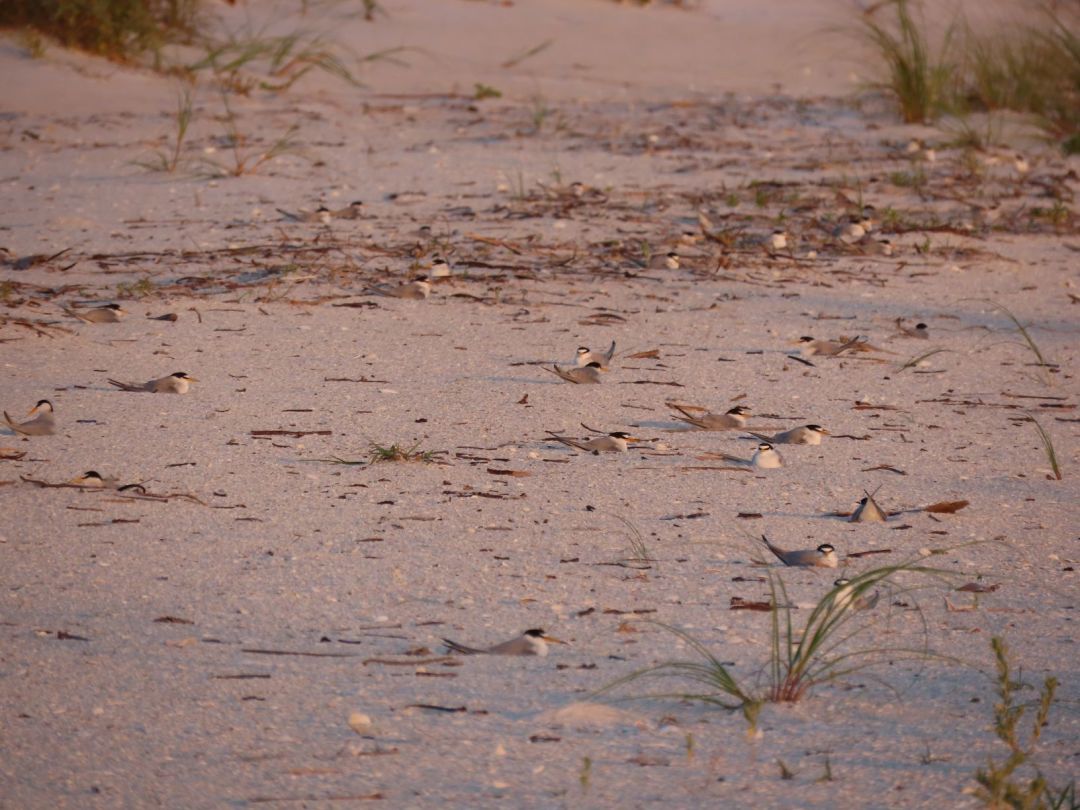
A least tern colony nesting.
Image: Kylie Wilson
Black skimmers, on the other hand, have taken uncharacteristically long to nest on North Lido, just this week or so really settling in and a bit farther south than their usual spot. And snowy plovers, the most threatened of the three species, nested earlier than usual on Siesta, but have been unsuccessful due to natural predation and an increase in disturbance from pets on the beach, Wilson says. She's noticed an increase of dogs on the beach, which is not allowed; they can be a huge disturbance to snowy plovers and cause abandonment of nests.
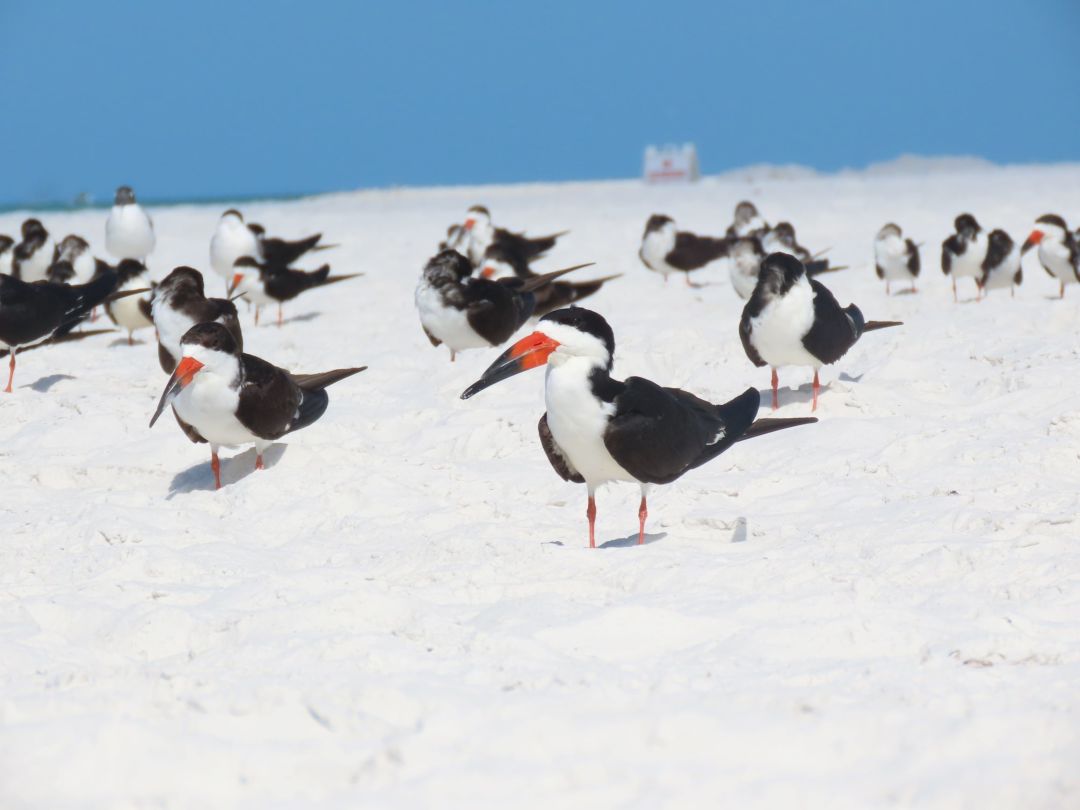
Black skimmers at the beach.
Image: Kylie Wilson
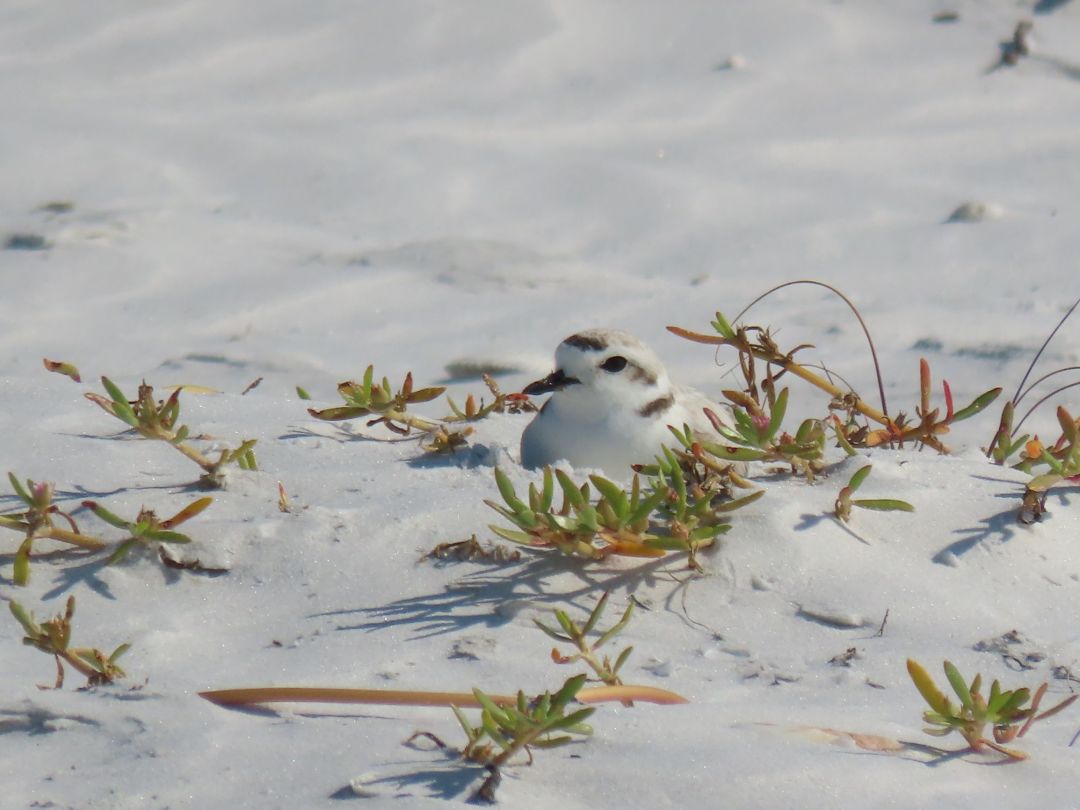
A snowy plover on its nest.
Image: Kylie Wilson
Some general tips about birds and the beach: Keep your distance if birds become agitated or leave their nests; it means you are too close. It's best to stay at least 300 feet from a nest. Respect posted areas and use designated walkways. Never intentionally force birds to fly; when birds are chased, they use energy they need to reserve for nesting and migration. Keep pets away from nesting areas. Keep the beach clean and do not feed wildlife. Food scraps attract predators such as raccoons and crows.
Young adds that it’s important for homeowners to hold off trimming trees in the spring to avoid toppling entire nesting families. (Venice Wildlife gets many baby birds this time of year for that reason among others.) Also, she says, it would be great if we could all leave a few more snags on our property, as so many birds use nest holes or cavities.
Just some sights to look and listen for as you spend time in nature this spring.



